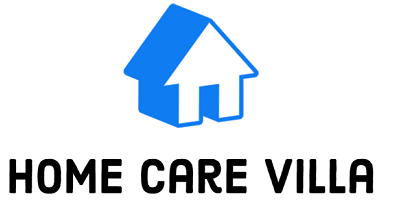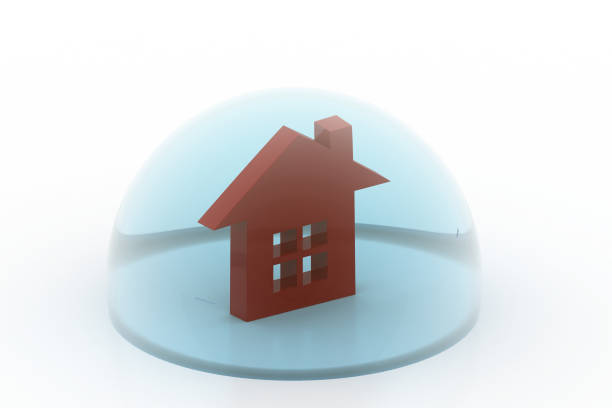Stop us if you have heard this before: “Owning a home is a liability.”
This is a talking point you will hear parroted ad nauseum should you ever go looking for advice on the value of a home online. But why does this talking point come up so much?
Well, part of it is that this is the viewpoint taken by many real estate companies. It uses the truth to tell a lie: They say that owning a home is a liability, but they skip over the fact that it is because all commodities you purchase are liabilities. As is liquidity, if you were wondering.
But the thing about that statement is that it is not technically false. There are a lot of things that can devalue a home, and it can literally pay to learn them. Whether you are negotiating to buy a property or looking for ways to increase the value of your own, let’s go over the top 10.
Water Damage
Of all of the things that can devalue a home, this is the one you should look for first. The reason is that if something has sustained water damage, then it is likely to sustain more water damage.
Remember, a small stream of running water is what cut the Grand Canyon into the earth. That means no individual instance of water damage is a problem. But repeated instance, which are more likely if there have been previous instances, can spell disaster for a home.
Zoning Laws
Cities will oftentimes try to organize themselves into districts. This is why you will see many churches on the same street, or a strip of businesses next to each other. These zoning ordinances will sometimes be for the benefit of the city, and sometimes for businesses.
In either case, you have to keep track of what changes in zoning laws. A home suddenly finding itself surrounded by industrial infrastructure, for instance, is less livable than one surrounded by other homes.
Also Read 7 Top Benefits of Hiring Express Laundry Service in 2022
School District
While homes are generally accepted as a commodity now, there was a time when families were expected to eventually live in a home rather than an apartment. While that is no longer possible due to shifts in the housing economy, artifacts of that still affect home prices.
Namely, school districts. Were anyone to actually live in these homes, they would probably have kids, and those kids would probably need an education. Therefore, the quality of schools in proximity of the home would affects its potential value.
Neighbors

While houses are no longer meant to be sold to people, there are still people living in houses. These people can almost be nothing but a liability to the value of a house. Ideally, they would stay inside and keep to themselves, never seen and never heard.
But most of the time, they will make their presence felt. And the less pleasant their presence, the more impact they have on the value of the home.
The Neighborhood in General
Aside from the neighbors, there are also the parts of the neighborhood that are not people. Specifically, the pavement of the roads and sidewalks. The condition of surrounding houses. Neighborhood surveillance, and so on. These can raise values but lower them as well.
The Condition of Paint on the House
This might seem petty, but appearances count for a lot. And the thing is that paint is not just paint. If a house is not painted, then it is the color of its base materials, and that color fades.
It gets dirty, or the light of the sun washes it out. Paint makes a house look new, which can help it make a splash on the market.
The Look of the Interior
Whether or not the home has a good interior is about as important as the paint. You can market a house with little interior, as some people want a blank canvas to paint on. But it is hard to market a home with, for example, no carpet, or visible mold.
A lot of that bleeds over into functional issues rather than just aesthetic issues. But in this case, we are focusing on how it impacts a person’s emotional response. After all, if they think they see mold, then that is just about as bad as them actually seeing mold for your home’s price.
Visible Use
If you are selling a home that has been lived in, try to correct that before putting it on the market. Stains in the shower or on the toilet can be off-putting. Footprints on the carpet and bumps in the walls will give the impression that the place is falling apart.
The Front Yard
Many homeowner’s associations will mandate certain lengths for the grass of front yards. But those rules only apply if someone is actually living in the house. To keep a house’s value high, make sure its front yard is not growing to a shaggy looking length.
It will also help to remove any gaudy decorations on it.
Smart Home Technology (or lack thereof)
Most homes on the market nowadays are smart homes. That means they have some sort of automation or interconnectivity between their devices. Most importantly, however, it allows homes to implement security systems easier. These are a great way of offsetting liability.
Lacking these things will devalue your home, especially now that buyers consider the smart home technology to be basically commonplace.
Conclusion
It is easy to overlook this but remember that no house is listed in isolation. Other houses are going to be competing with yours in order to get peoples’ attention on the marketplace.
Sometimes that means a reverse-bidding war of who can sell at the lowest price. But sometimes that also means figuring out just how to pitch your home as being more expensive than a competitor’s. So, be ready to bargain no matter what you are trying to sell to someone.

